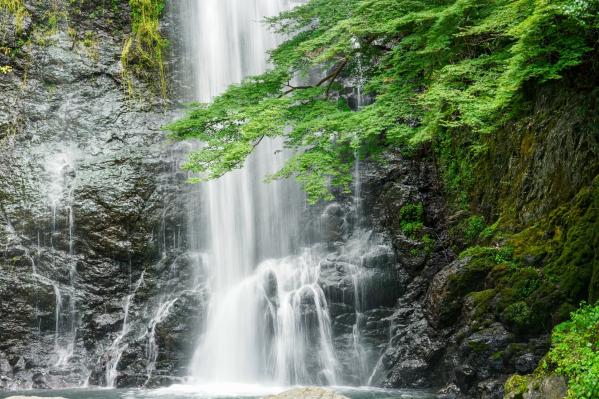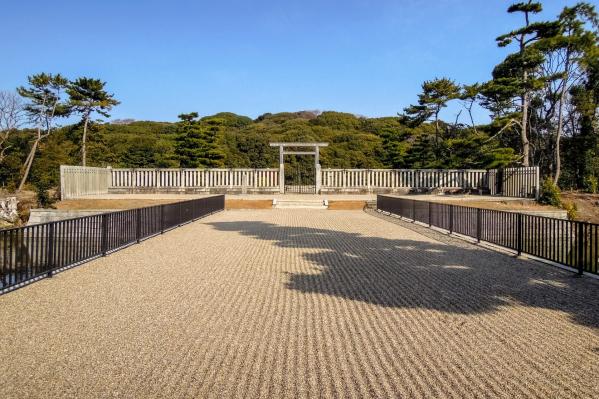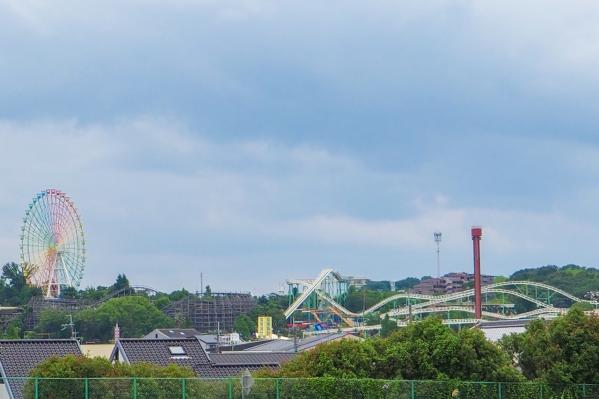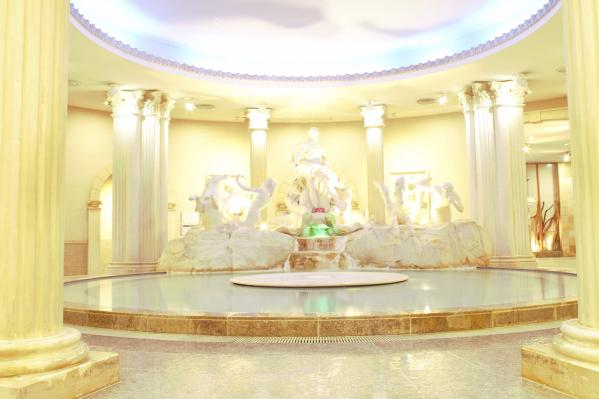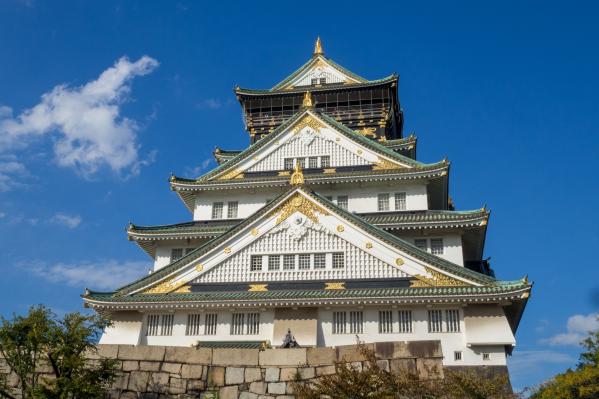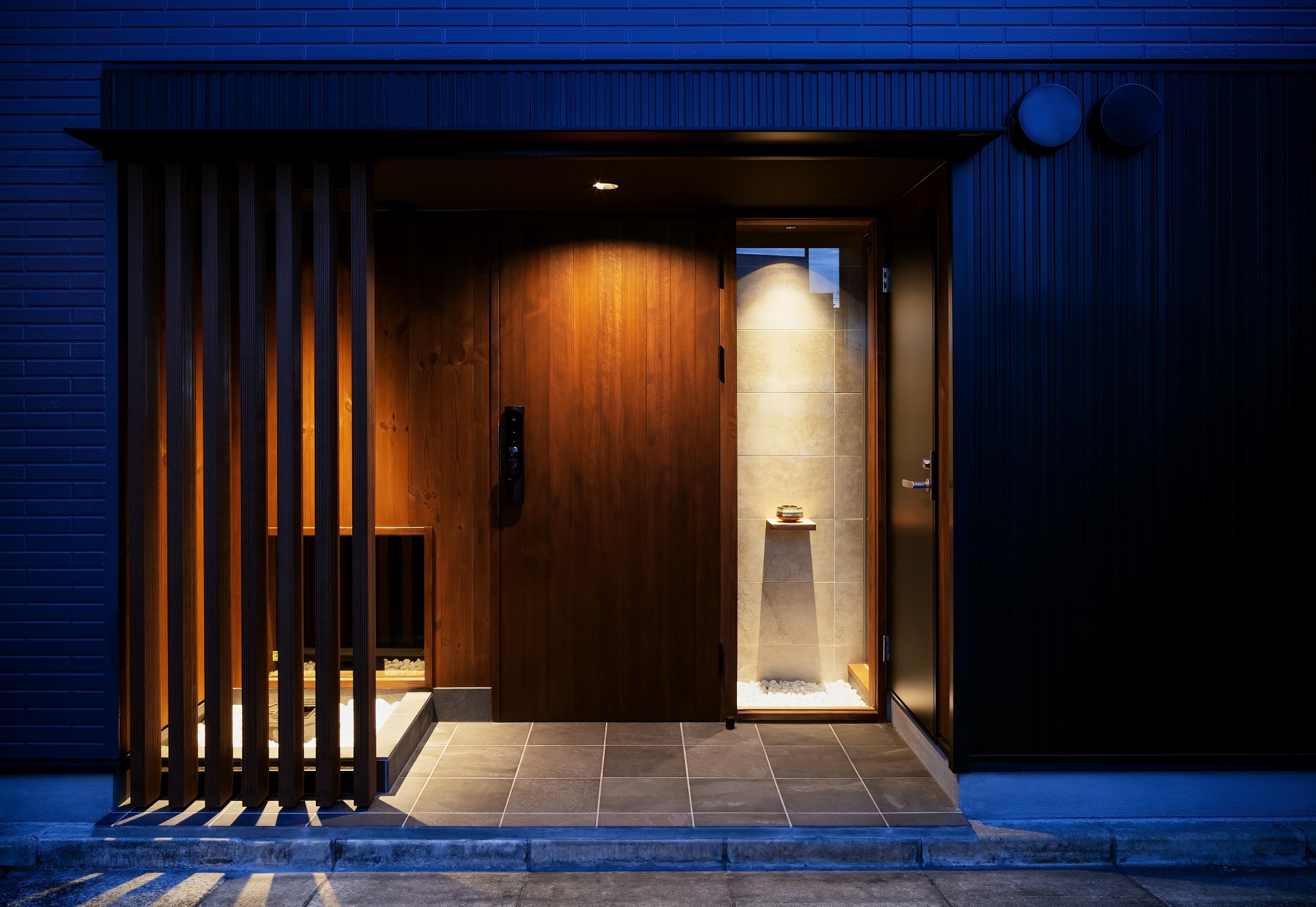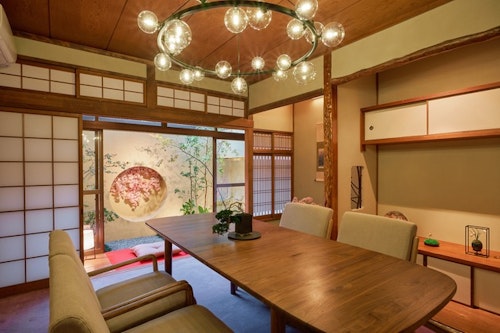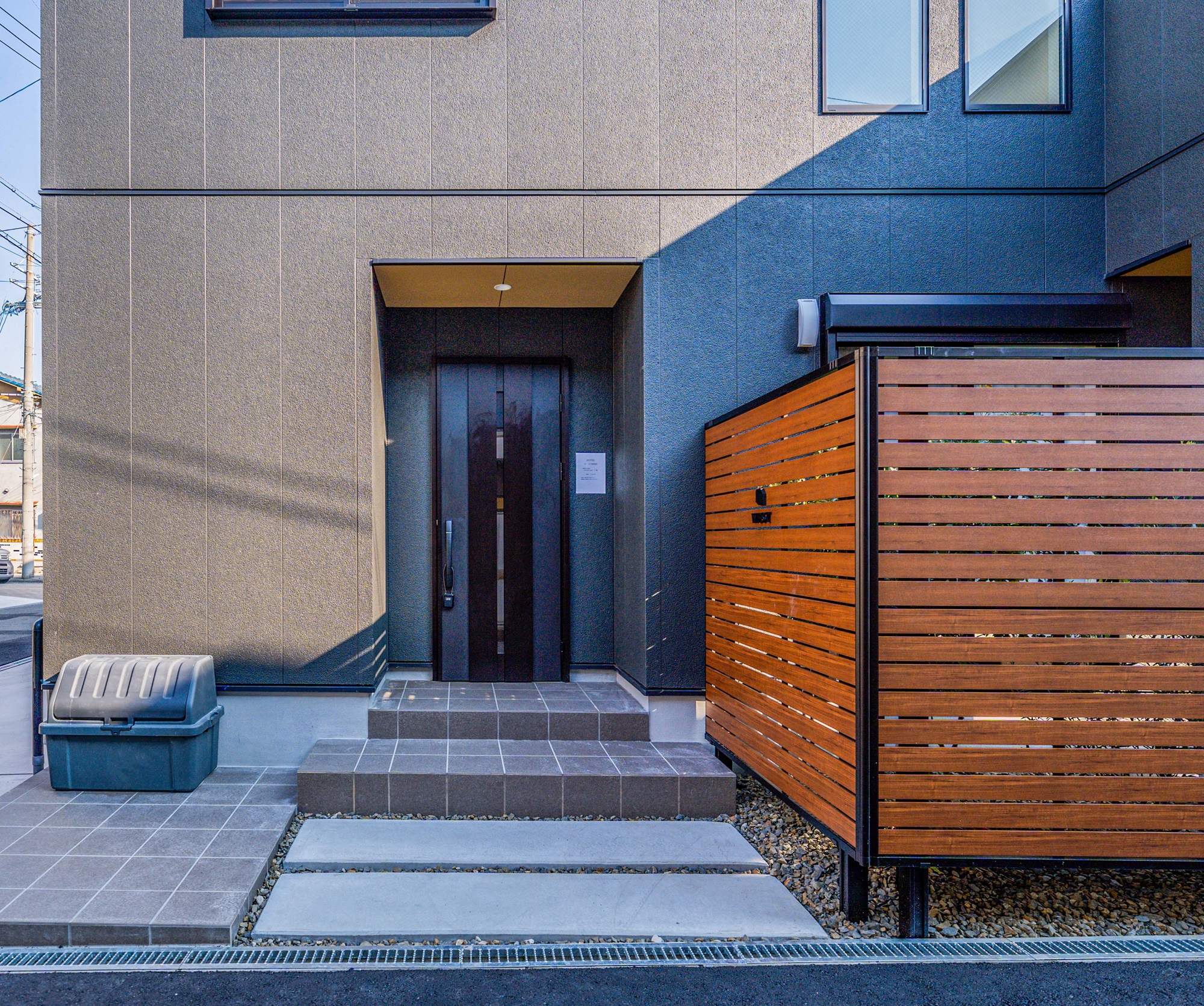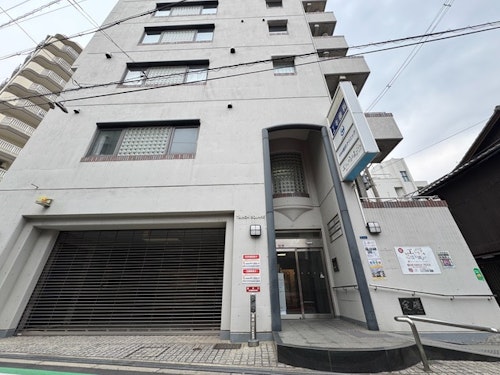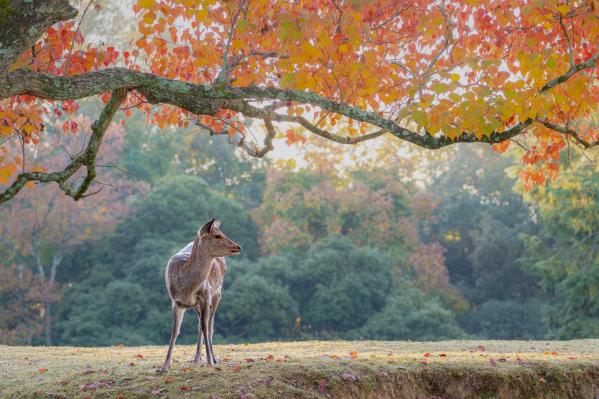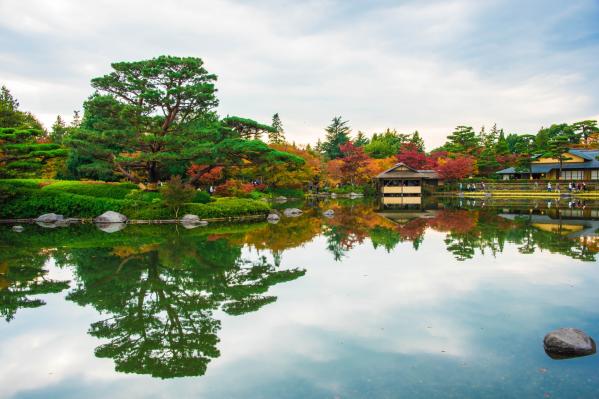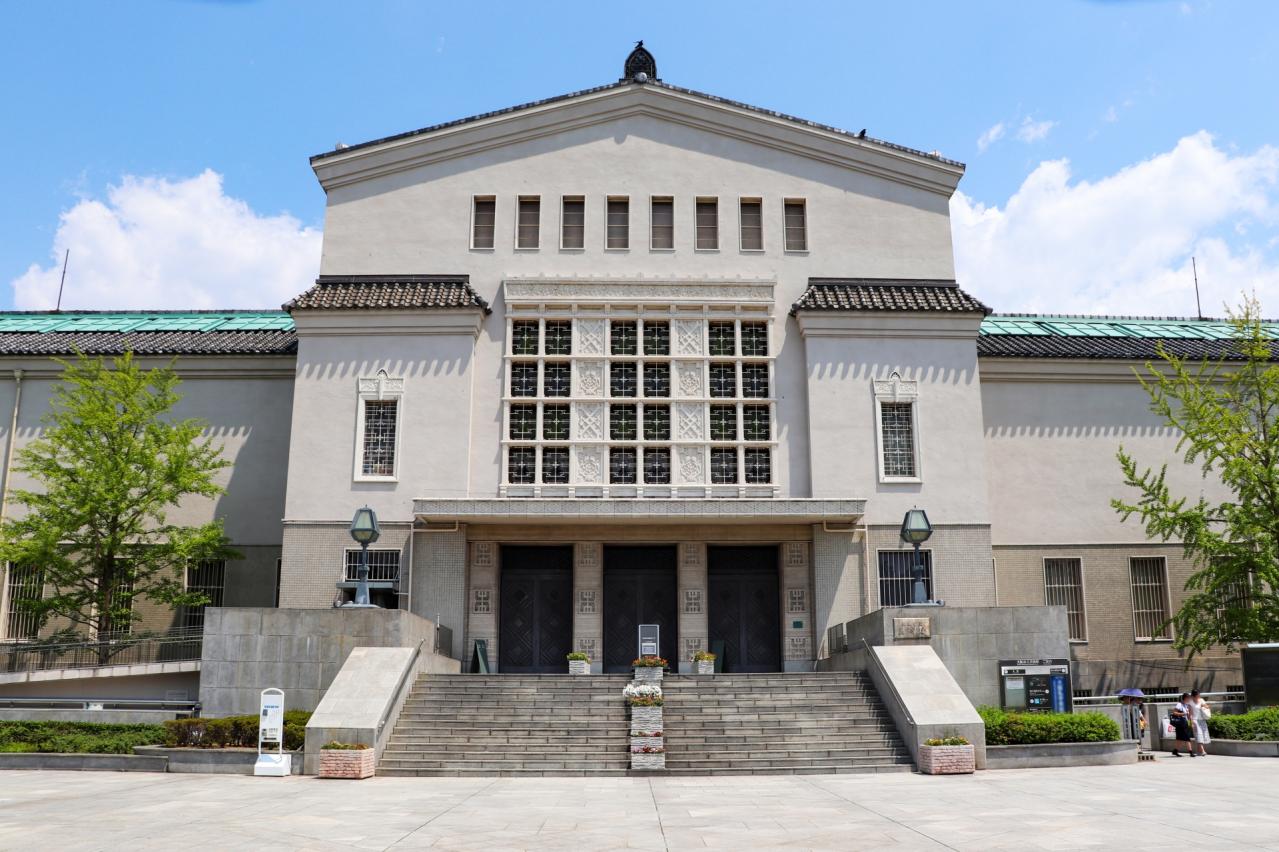
Osaka City Museum of Fine Arts
Basic Information
- Spot Name
- Osaka City Museum of Fine Arts
- Location
- 〒543-0063 1-82 Chausuyama-cho, Tennoji Park, Tennoji Ward, Osaka City, Osaka Prefecture
- Access
- About a 10-minute walk from JR Tennoji Station, Osaka Metro Midosuji Line, Tanimachi Line, and Kintetsu Minami Osaka Line Abenobashi Station.
- Parking
- No parking available.
- Business Hours
- 9:30 AM to 4:30 PM (closing at 5:00 PM)
- Regular Holiday
- Closed on Mondays (if Monday is a holiday, open and closed on the following weekday) and during the New Year holidays (December 28 to January 4).
- Fees
- General: 300 yen
High school and university students: 200 yen - Contact Information
- Phone Number:06-6771-4874
- Official Website
Map
Detailed Information
The Osaka City Museum of Fine Arts was opened in May 1936 with the aim of providing citizens of Osaka with the opportunity to engage with outstanding art culture, enriching their lives, supporting artists, and contributing to the promotion of culture in Osaka. The museum is located within Tennoji Park, on land that once housed the main residence and garden of the Sumitomo family (now known as Keizayuan). This land and garden were donated by the Sumitomo family to the city of Osaka, indicating significant contributions from the private sector for the establishment of the museum.
The building comprises the main building (three stories above ground and one below) and a new wing that was completed in 1992 (three stories below ground). The main building regularly hosts special exhibitions showcasing excellent art works from Japan and abroad, as well as collection exhibitions that utilize the museum's holdings. The collection exhibitions display approximately 13,500 pieces, including paintings, sculptures, and crafts from Japan and China, some of which are works entrusted by shrines and temples. Many of these works are designated as national treasures or important cultural properties, making them extremely significant for art and cultural history.
Additionally, the underground Tennoji Gallery (formerly the underground exhibition room) hosts public competitions organized by art groups throughout the year, serving as a beloved exhibition space for many citizens and art enthusiasts. These public competitions showcase works from emerging artists and veterans in various genres such as painting, sculpture, and crafts, contributing to the revitalization of local art activities.
Moreover, the museum also plays an educational role, with an art research institute located on the third floor of the main building. This institute conducts practical studies in drawing, painting, and sculpture, promoting specialized art education and research. In recent years, activities aimed at education and outreach, such as gallery talks by curators and practical instruction for elementary and middle school students, have been actively conducted, serving as a bridge between the community and art.
A notable feature of the Osaka City Museum of Fine Arts is its diverse collection of donations and lending items. Among the most prominent collections are the Abe Collection, the Yamaguchi Collection, the Tamagawa Collection, the Kazaar Collection, the Sumitomo Collection, the Junzō Ono Collection, and the Tahara Collection, each adding breadth and depth to the museum's holdings.
Osaka City Museum of Fine Arts Movies
Osaka Tourist Attractions
View ListMino Otaki
Minoo Waterfall is a famous waterfall with a height of 33 meters located in Minoo City, Osaka Prefecture, and is selected as one of Japan's Top 100 Waterfalls. The n...
Nintoku Tennei Ryo Kofun
The Nintoku Tenno Ruins is the largest keyhole-shaped burial mound in Japan, located in Sakai City, Osaka Prefecture, with a total length of approximately 486 meters...
The National Museum of Art, Osaka
The National Museum of Art, Osaka is uniquely located in Nakachō, Osaka, and is a rare "completely underground" art museum. Opened in 1977, it was originally located...
Osaka Central Wholesale Market
The Osaka City Central Public Hall, completed in 1918 based on a donation from stockbroker Einosuke Iwamoto, is a beautiful iron-framed brick building in the Neo-Ren...
Hirakata Park
Hirakata Park, commonly known as "Hira-Pa," is one of the largest amusement parks in the Kansai region, located in Hirakata City, Osaka Prefecture. It is convenientl...
Osaka Castle
Osaka Castle is an important architectural landmark deeply connected to Japan’s history. It started as the predecessor of the Osaka Honganji Temple (Ishiyama Honganj...








